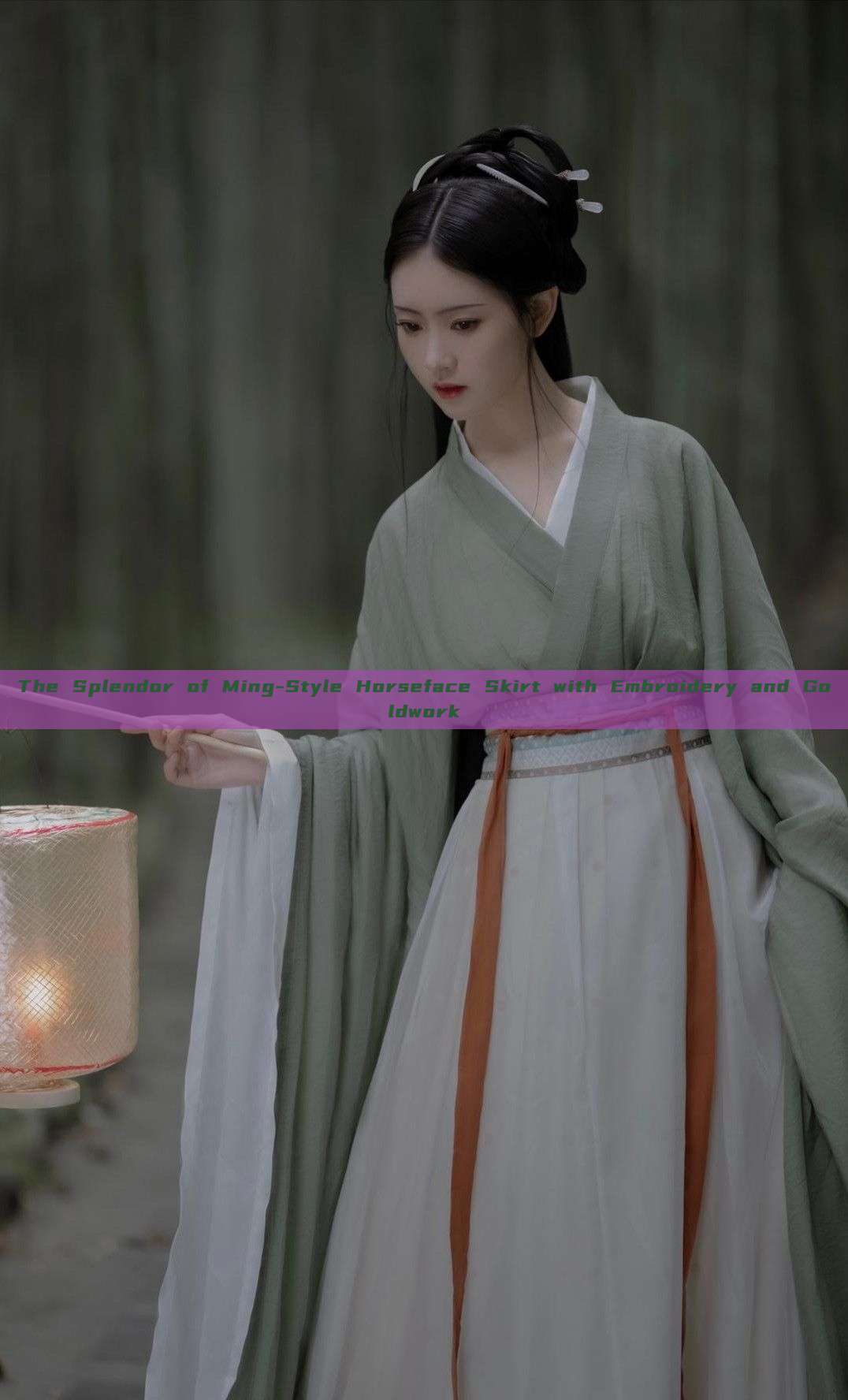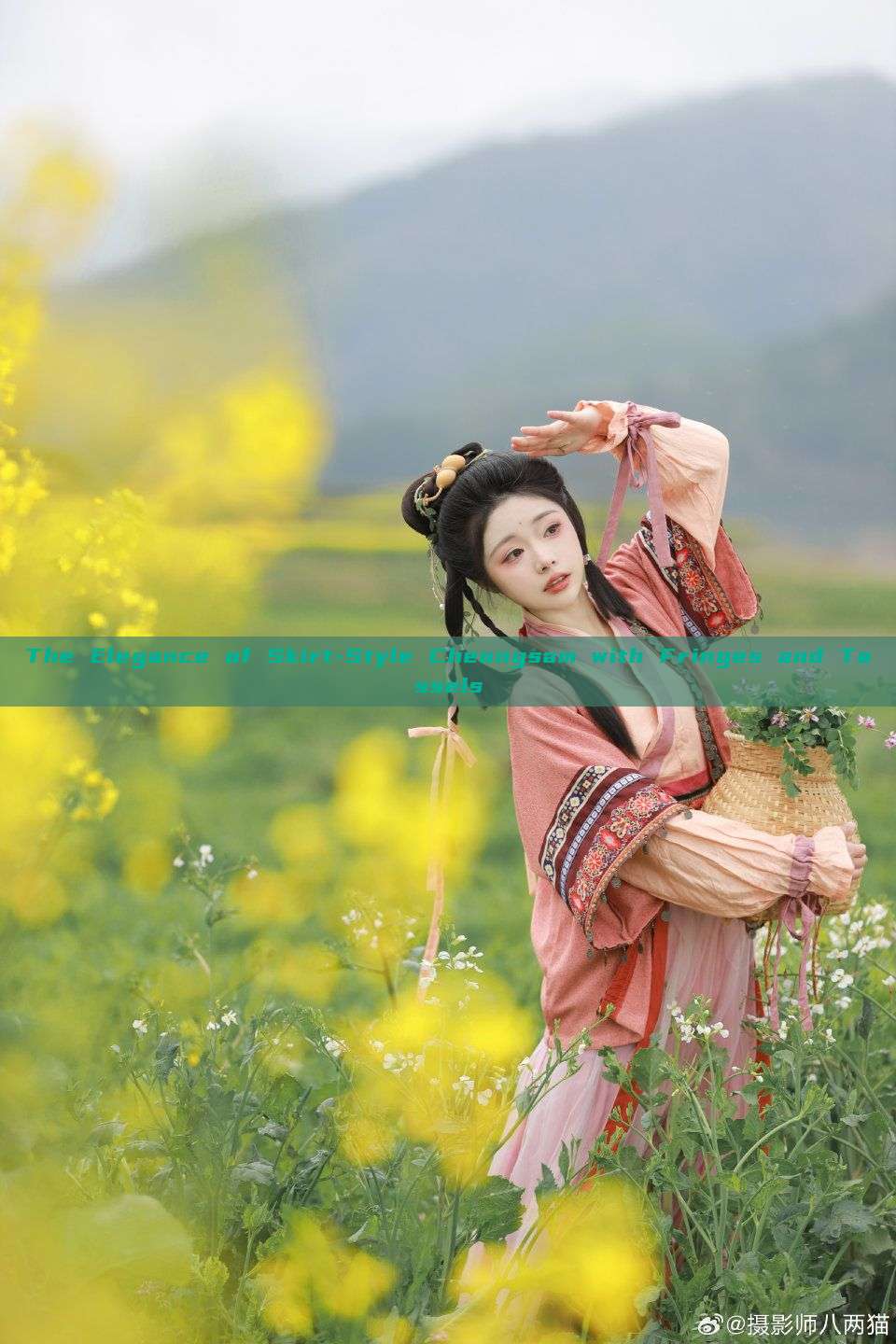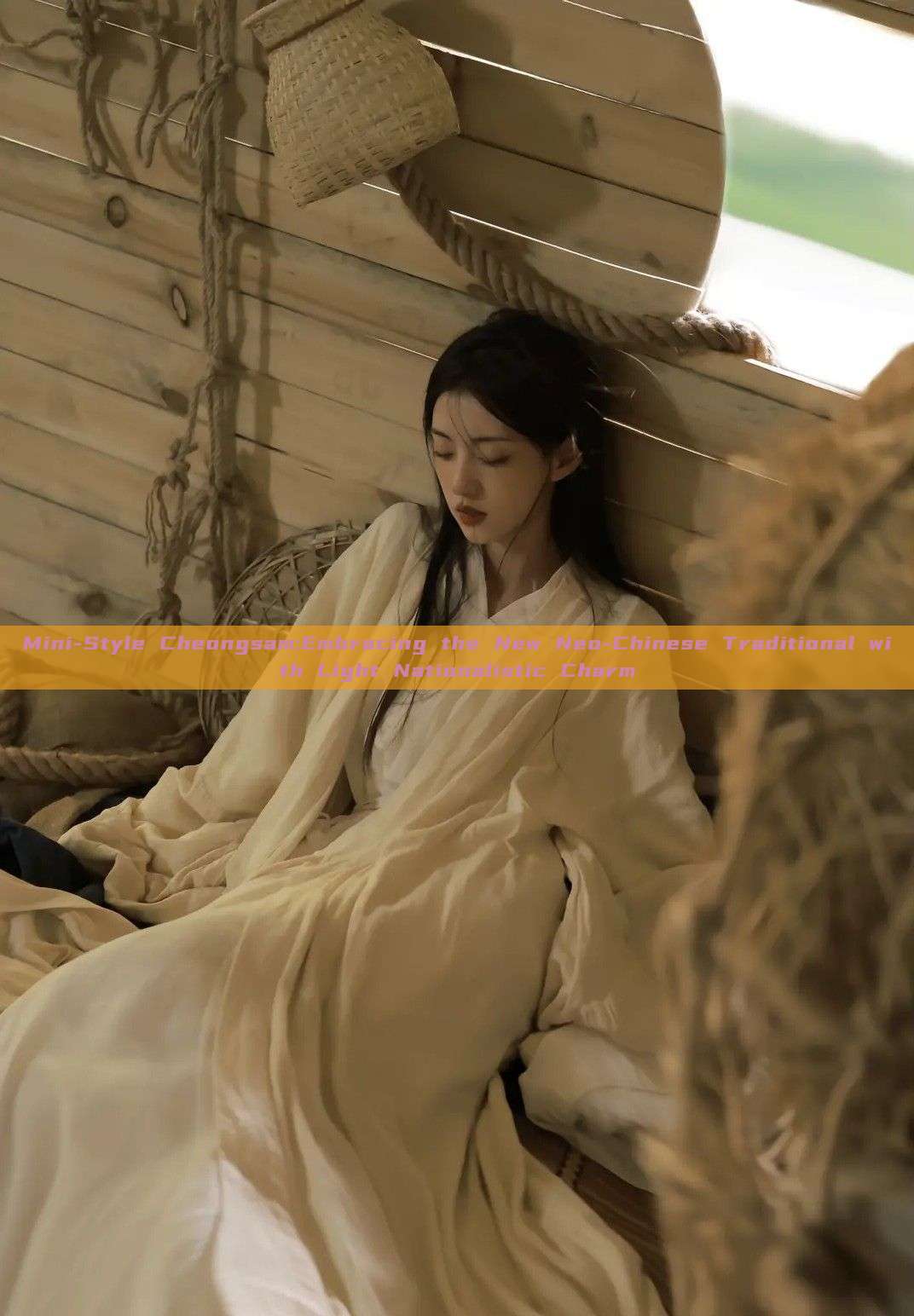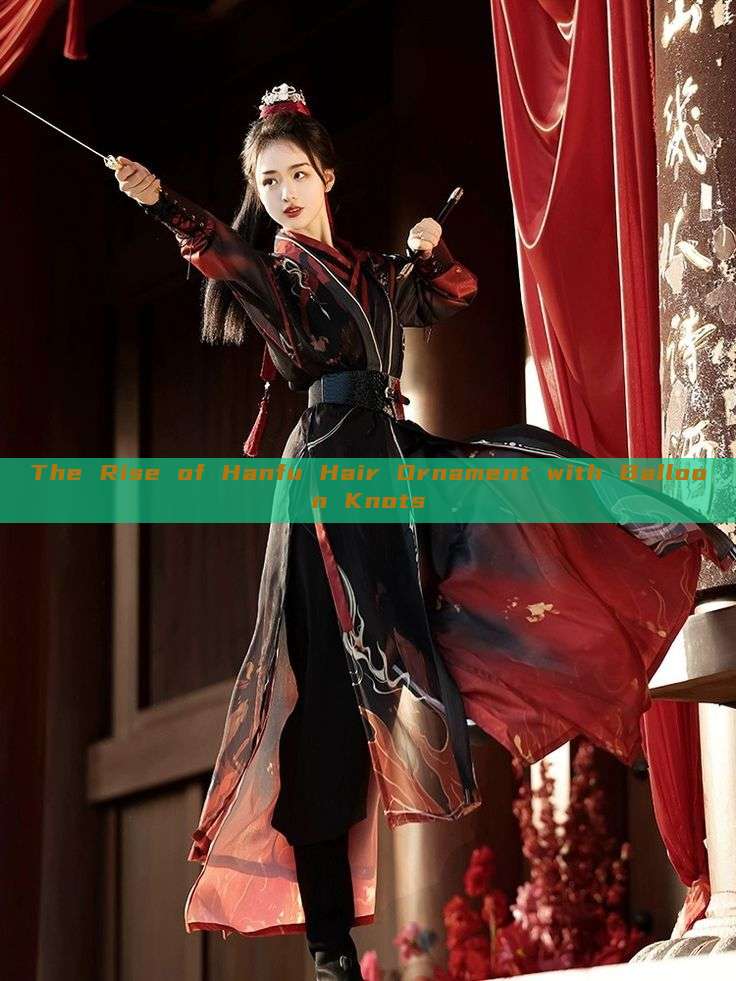Ming-style horseface skirts, a traditional piece of Chinese clothing, have long been admired for their intricate designs and exquisite craftsmanship. Among them, the skirts adorned with embroidery and goldwork are particularly captivating. This article delves into the beauty and significance of such skirts.

The Ming Dynasty (1368-1644 AD) was a flourishing period in Chinese history, known for its advancements in art, culture, and craftsmanship. Horseface skirts, a staple of traditional Chinese clothing, underwent significant evolution during this era. These skirts were not only worn for everyday wear but also as a symbol of status and wealth.
The term "马面裙" (Mǎmiànqún) refers to a type of skirt that features a distinct pattern at the front, resembling the face of a horse. This design element not only enhances the aesthetic appeal of the skirt but also provides structural support and ease of movement. During the Ming Dynasty, skilled craftsman employed various techniques to enhance the beauty of these skirts, including embroidery and goldwork.
Embroidery on Ming-style horseface skirts is an art in itself. Using a variety of threads and techniques, skilled craftsman created intricate patterns and designs that were not only visually appealing but also symbolic of certain cultural values. These designs often featured flowers, birds, dragons, and other mythical creatures, which were believed to bring good luck and protection. The use of gold thread in this embroidery was particularly significant as it added a sense of luxury and richness to the skirt.
Goldwork, another technique employed on Ming-style horseface skirts, involved the use of gold foil or metal threads to create intricate patterns and designs. This technique not only enhanced the visual appeal of the skirt but also added a sense of durability and longevity. The use of gold was often associated with royalty and divine beings, making these skirts not just a piece of clothing but also a symbol of status and power.
The combination of embroidery and goldwork on Ming-style horseface skirts created a stunning visual impact. The intricate patterns and designs, combined with the use of gold, created a sense of luxury and richness that was unparalleled. These skirts were not just worn for everyday wear but were also worn during special occasions and festivals, making them a symbol of cultural identity and tradition.
The craftsmanship involved in creating these skirts was highly skilled and required years of training and practice. The use of intricate patterns and designs, combined with the use of high-quality materials and gold threads, made these skirts highly prized possessions that were passed down through generations.
In modern times, Ming-style horseface skirts with embroidery and goldwork have gained renewed interest among both Chinese and non-Chinese alike. These skirts are not just a piece of clothing but are now considered as works of art and cultural heritage. They are worn not just for everyday wear but also as a way to showcase one's appreciation for Chinese culture and tradition.
In conclusion, Ming-style horseface skirts with embroidery and goldwork are not just a piece of clothing but are a symbol of Chinese culture and tradition. They reflect the skilled craftsmanship of the past and are a testament to the beauty and richness of Chinese culture. In modern times, these skirts have gained renewed interest among people who appreciate the beauty of traditional Chinese culture and want to showcase their appreciation through their attire.
The study of Ming-style horseface skirts with embroidery and goldwork not only provides an insight into the history and culture of China but also helps us appreciate the beauty and richness of traditional craftsmanship. As we move forward in time, it is important to preserve and promote such cultural heritage so that future generations can also appreciate the beauty and richness of Chinese culture through these stunning pieces of clothing.








